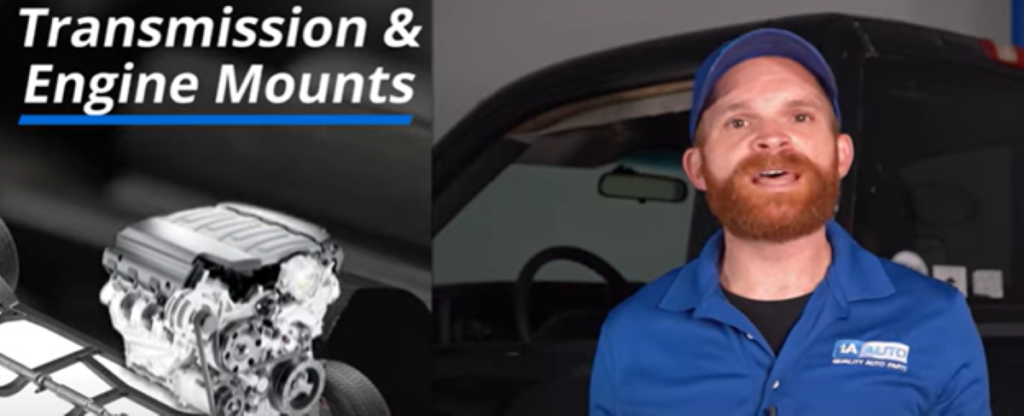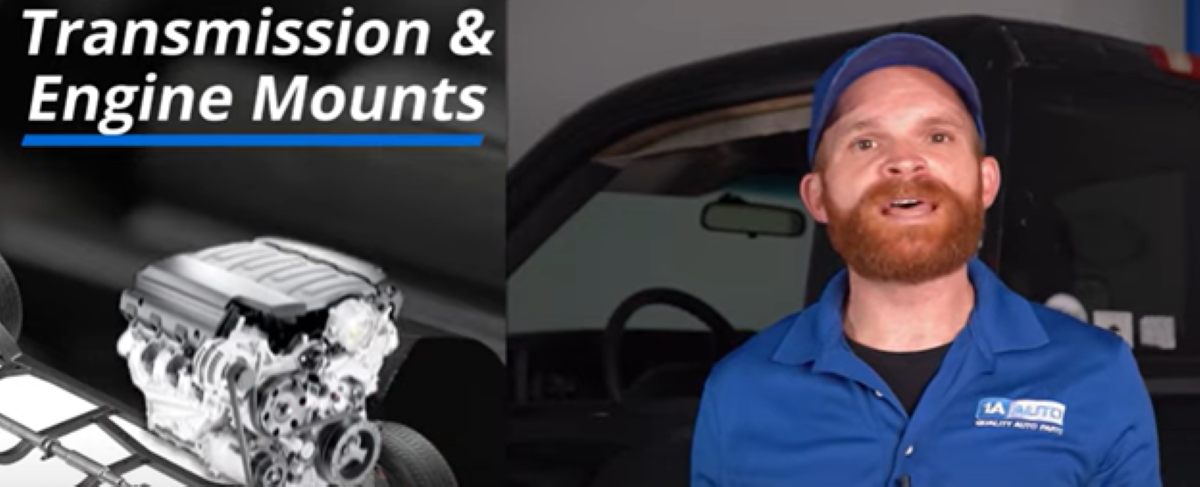If your car makes a noise when reversing, like a thumping or knocking sound, the transmission or engine mounts might be worn. Diagnose and fix them with these DIY tips.
Why Does My Car or Truck Make a Knocking Noise When I’m Reversing?

Worn Engine and/or Transmission Mounts
Engine and transmissions mounts shapes and sizes can vary depending on the vehicle they’re on. The mounts support the engine and transmission and dampen the vibration and noise that comes from them. Transmission and engine mounts also allow the engine and transmission to mount to the vehicle without needing to attach directly to the frame or body.
Engine and transmission mounts are typically made of steel or aluminum and a rubber mount. If these parts wear and damage over time, they can make a knocking noise when the car is put in reverse.
How to Diagnose Engine and Transmission Mounts for a Knocking Noise When Reversing
Steps to diagnose engine and transmission mounts on a car that makes a knocking noise when reversing
- Look for Signs of a Fluid Leak
Engine and transmission mounts can fail for different reasons. An oil spill could be leaking onto the mount, causing swelling and eventual damage like cracking or the rubber separating from the mount. If the mount loosens, you may hear clunking and feel vibration.

- Check the Engine and Transmission Mounts for Dry Rotting, Cracking, or Separation
Engine and transmission mounts can dry-rot, crack, and separate from use over time. A damaged or worn mount can strain the remaining mounts and wear them out faster than usual.

- Listen for a Clunking or Knocking Noise When Driving
If you hear a clunking noise when driving or reversing, that’s a sign of one or more mounts being worn. Feeling a vibration from the front while driving is a typical sign of a worn engine mount.

- Feel for a Vibration When Driving
The mount has lost strength, there’s metal-on-metal contact, and vibration from the driveline is transferred to the interior of the passenger compartment. These signs mean it’s time to inspect the engine and transmission mounts.

- Feel the Mounts for Looseness with a Pry Bar
You can pry between safe areas with a pry bar, being careful not to break any covers or sensors.

- Perform a Brake Stand and Watch the Transmission and Engine for Excessive Movement
You can also have an assistant help you inspect the engine and transmission mounts by doing a brake stand. Don’t stand in front of or behind the vehicle while doing this.
A brake stand is when you press the brake to keep the car in place, and then press the gas. Have a helper put the e-brake on and press and hold down brake pedal. Then put the transmission in drive or reverse and step on gas a few times.
As the helper is doing this, check the transmission or engine for excessive movement. For example, if the engine flops around a lot and hits against a section like the firewall or body, there’s a problem with one of the mounts. Generally, excessive forward and backward movements indicates there’s a problem with the front or back mount, and side-to-side movement indicates there’s a problem with the side mounts.
How to Replace Engine and Transmission Mounts Making a Knocking Noise from Your Car When Reversing
To remove and replace the engine and transmission mounts, generally you’ll need to remove a few bolts from the mount and slide it out. Then you’ll need to put the new mount in, torque it to manufacturer’s specifications, and then road test the vehicle.
Check out the steps for this repair on a 2003 to 2012 Volvo XC90
Video: How to Replace Front Engine Mount 2003-12 Volvo XC90
How-to Videos for Your Automotive DIY Repairs
Find out how to replace engine mounts, transmission mounts, and more parts on different models with step-by-step instructions from our expert mechanics in our how-to videos.
Shop Quality Auto Parts

More Tips
- What are the Symptoms of Bad Motor Mounts?
- Clunking Noise When Accelerating?
- How to Diagnose an Engine Misfire
- Volvo V70 Problems: 2nd Generation (2001 to 2007)


